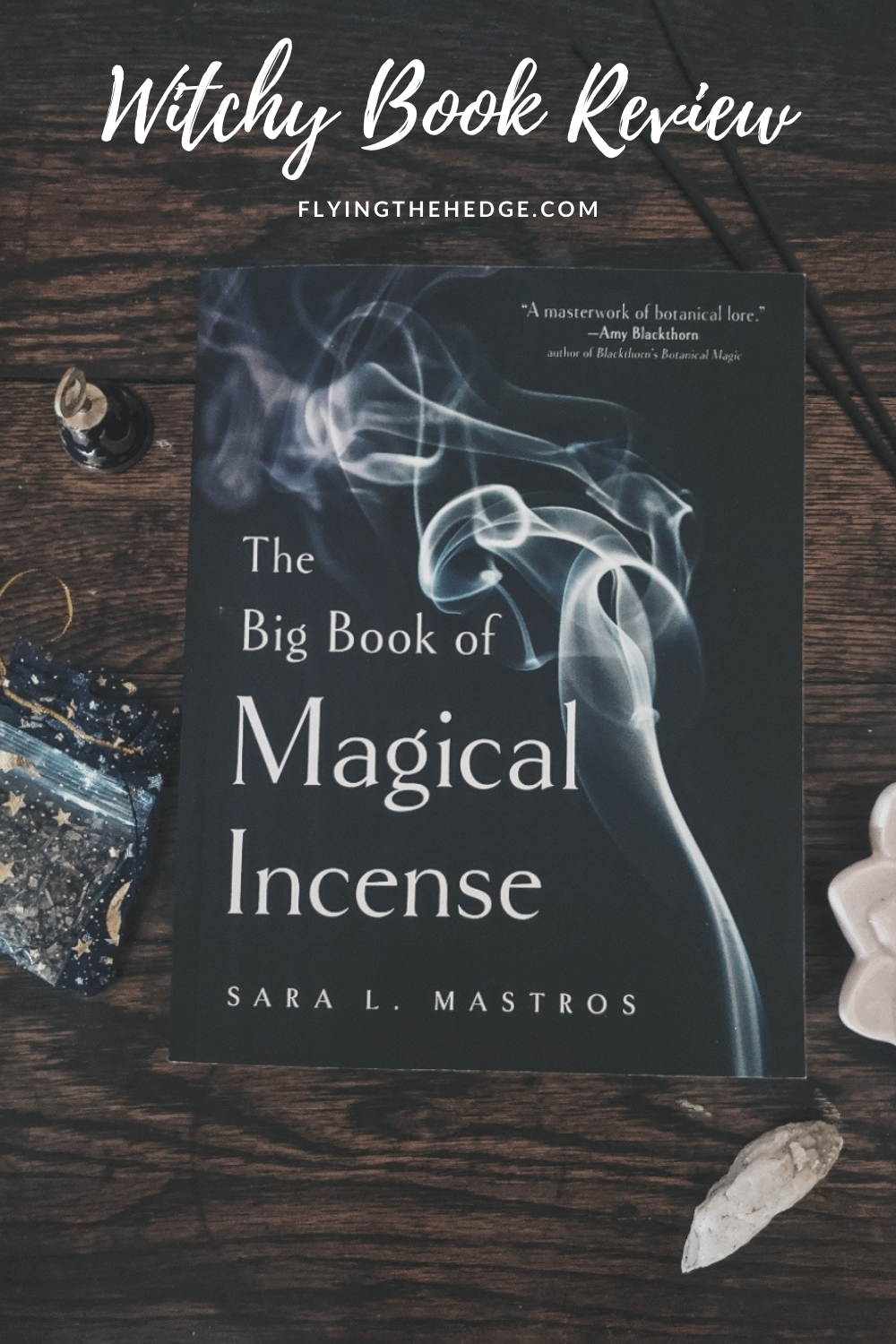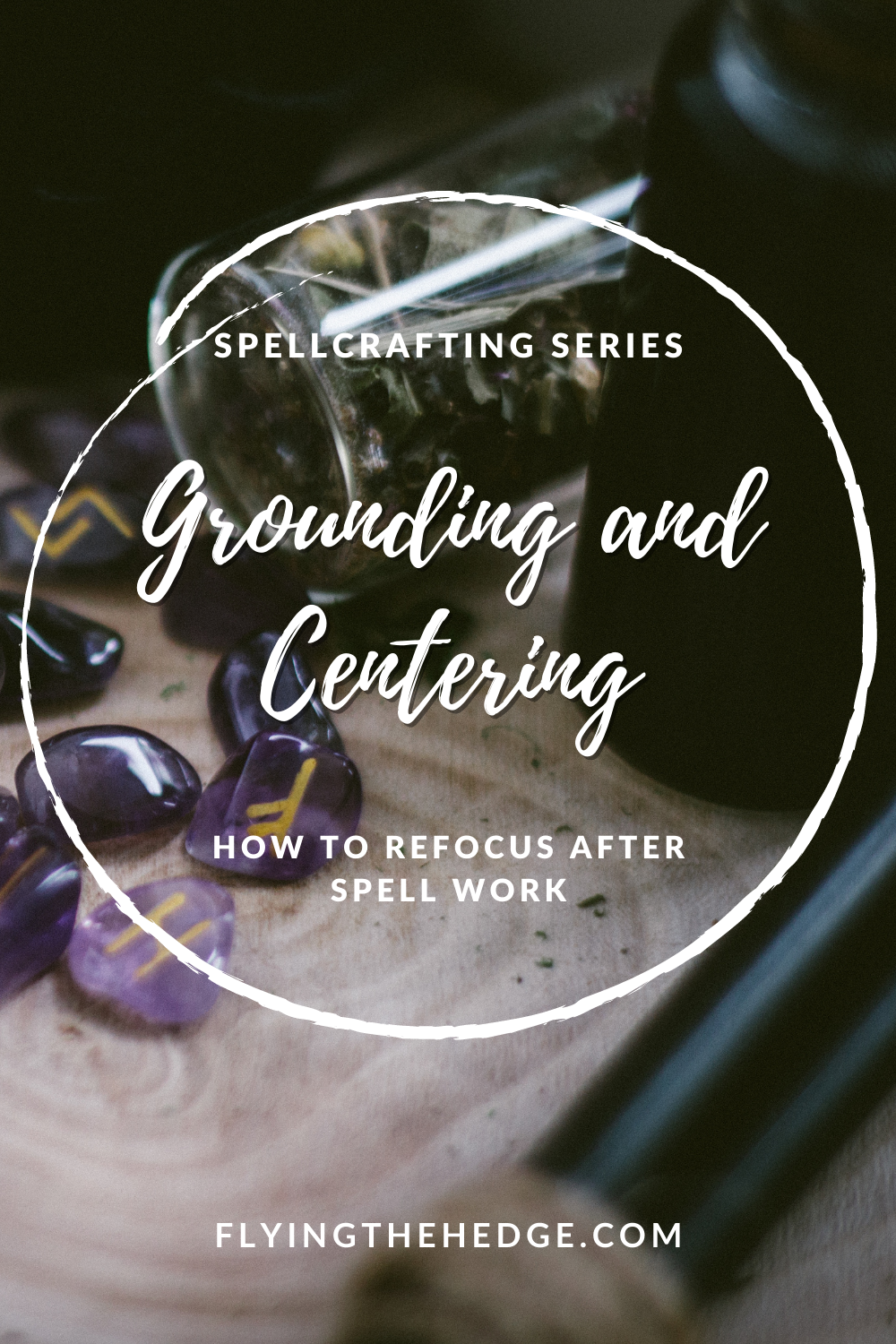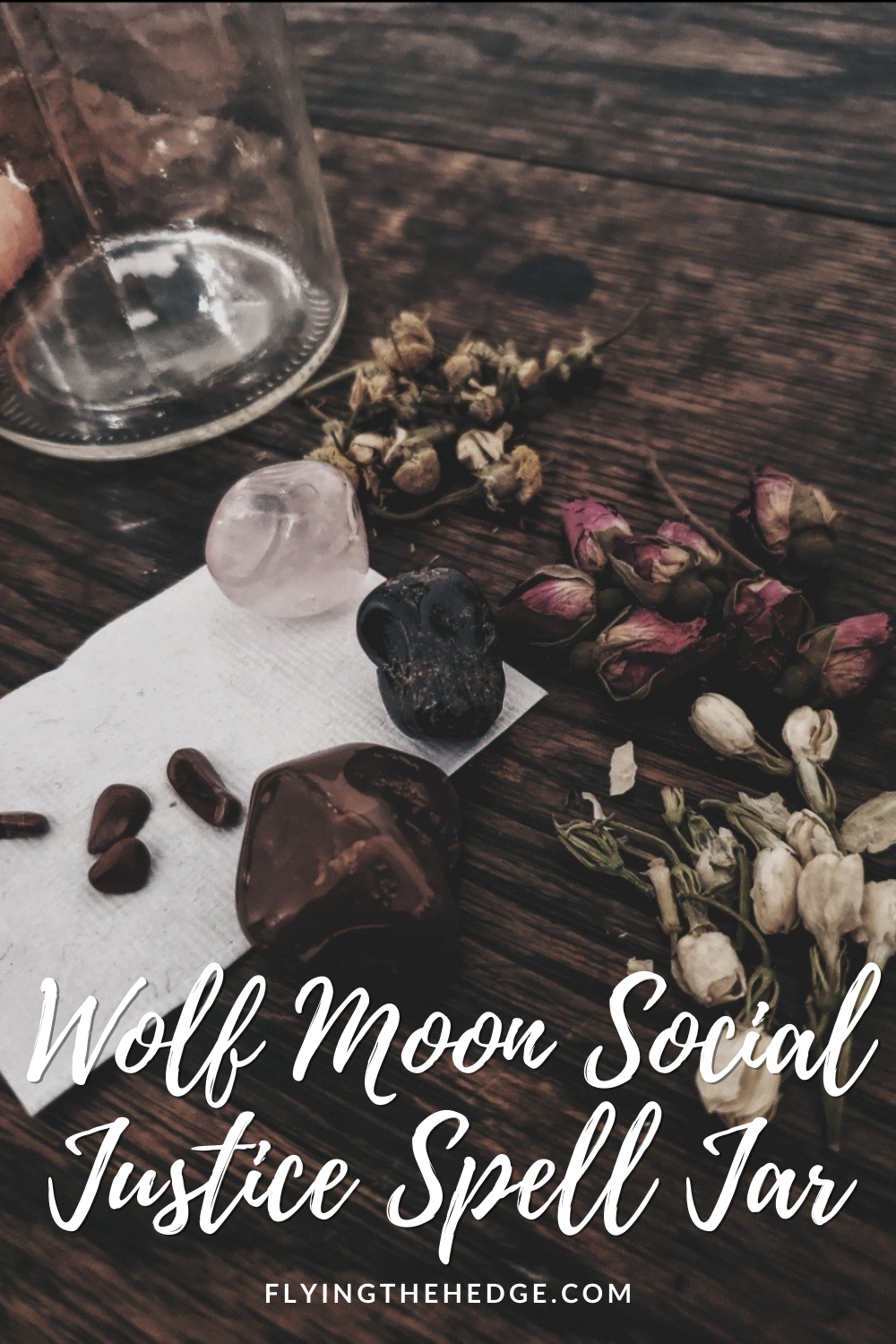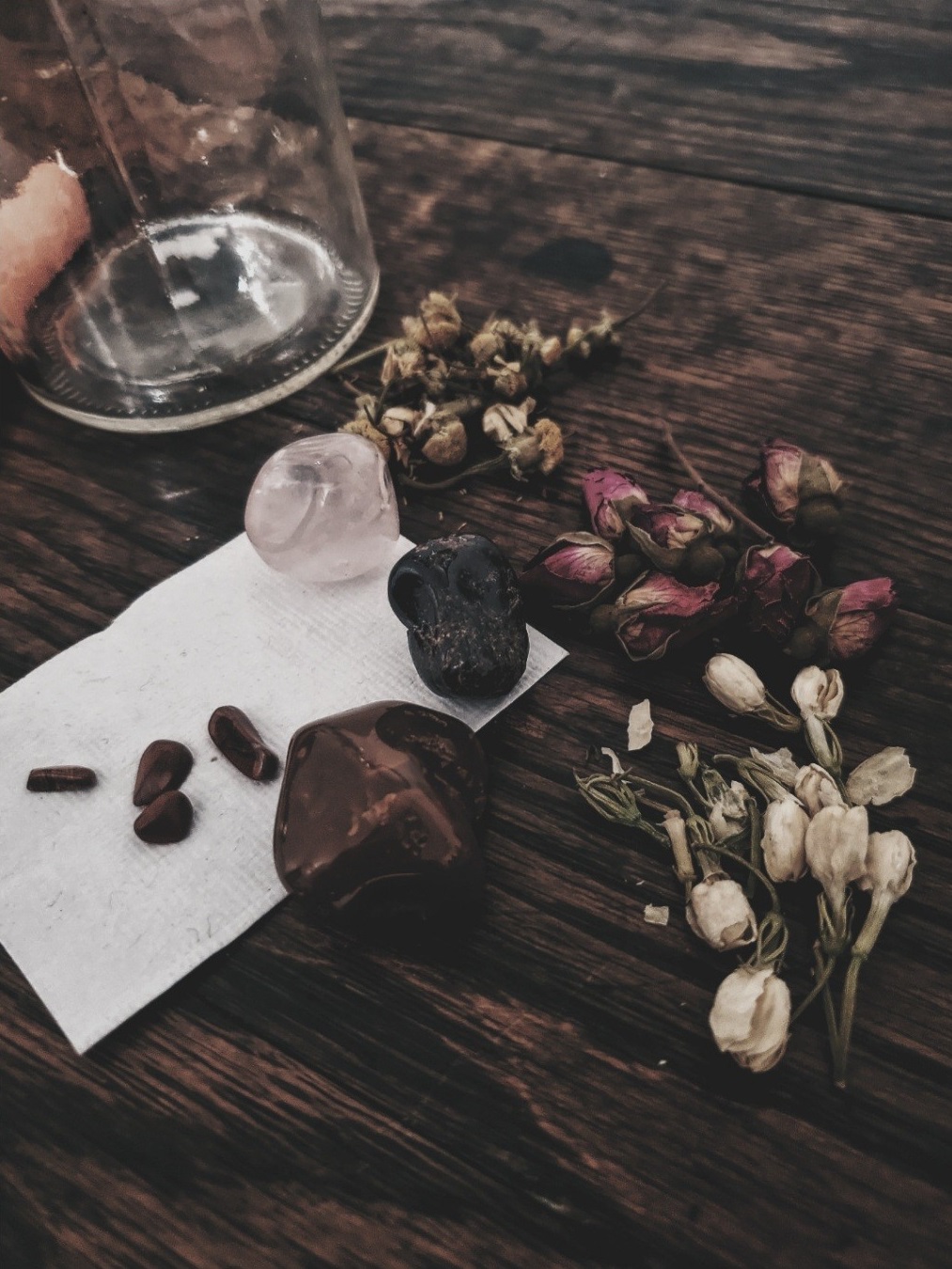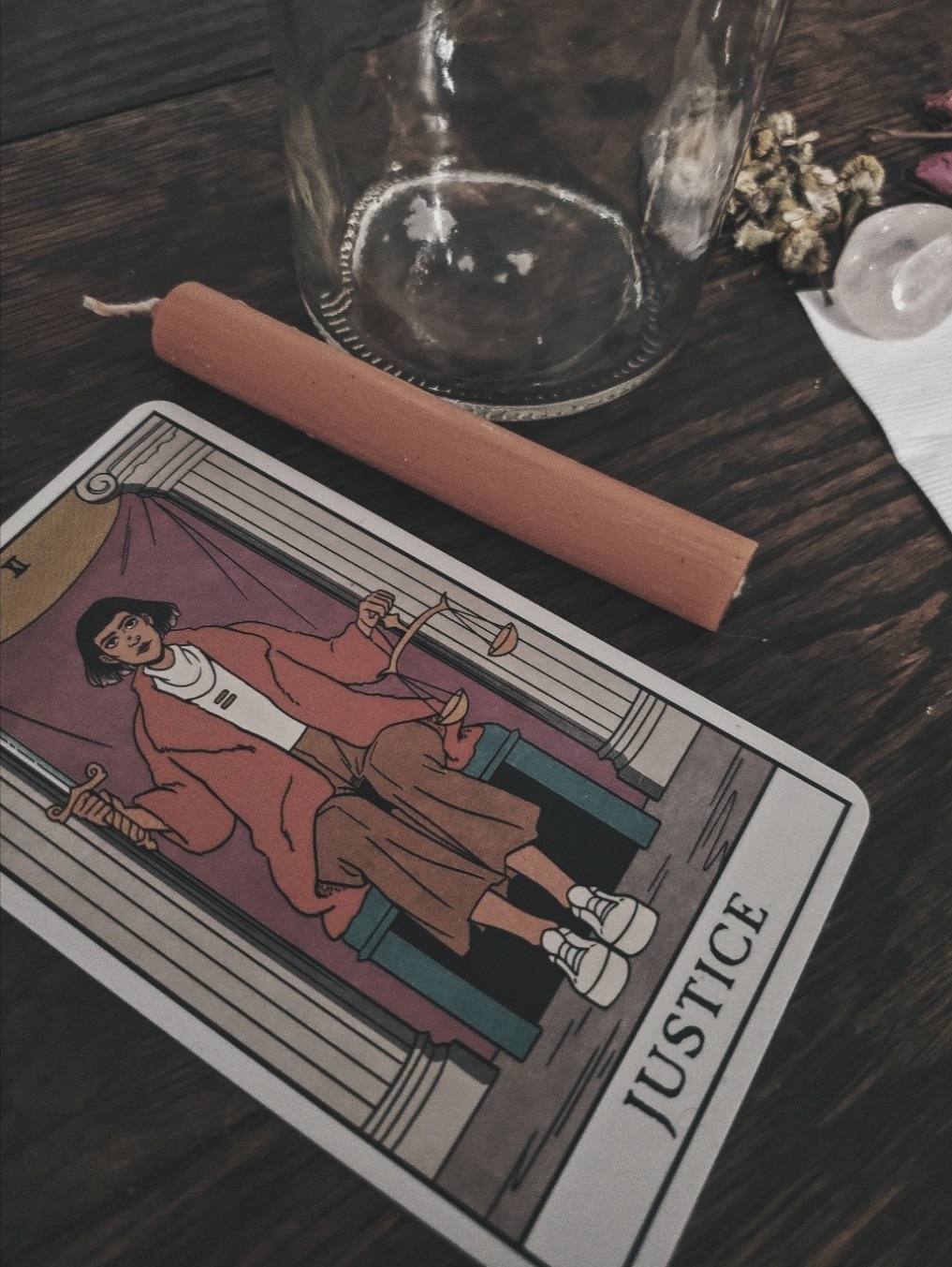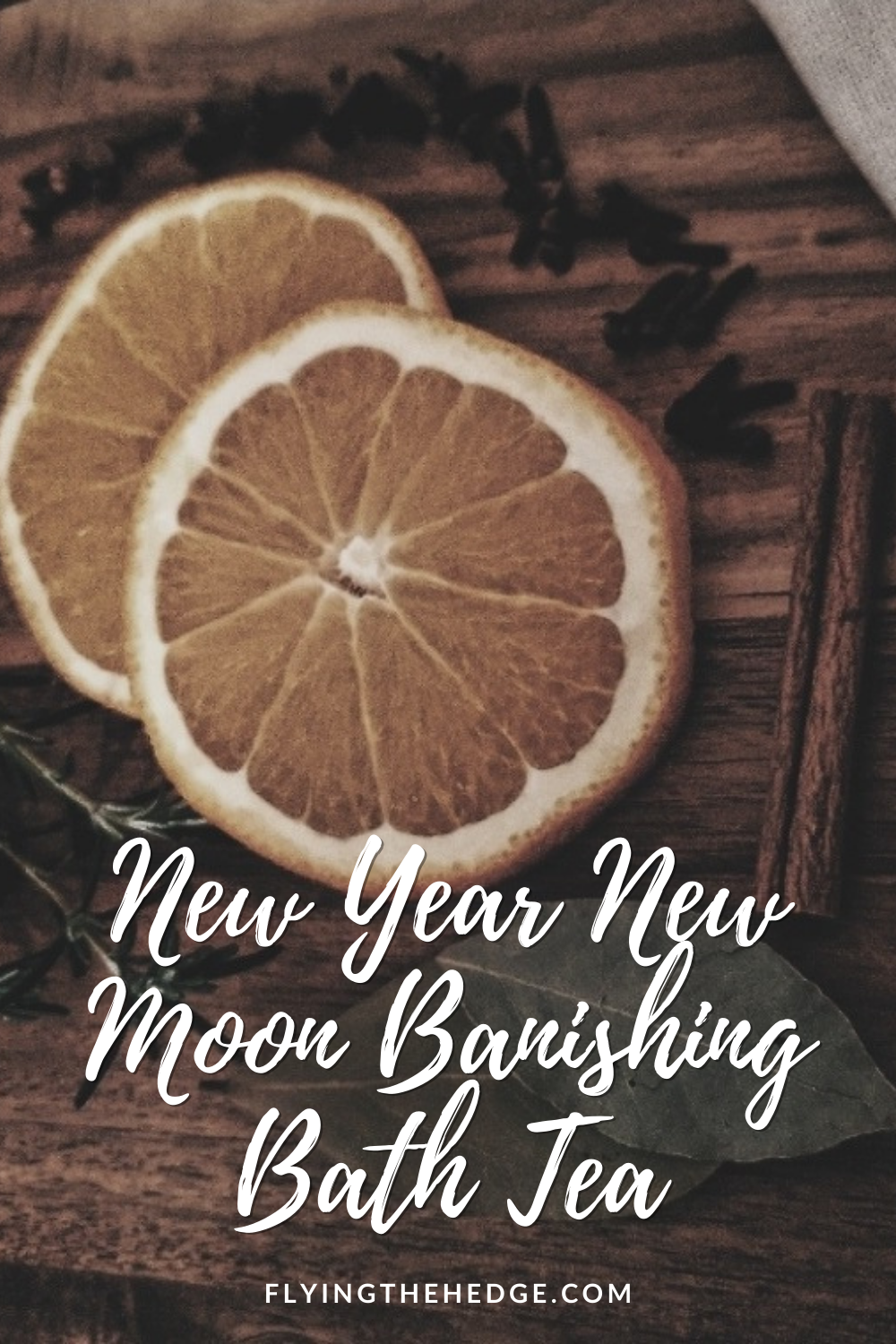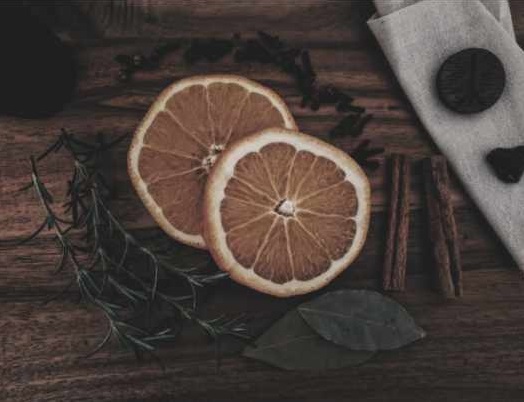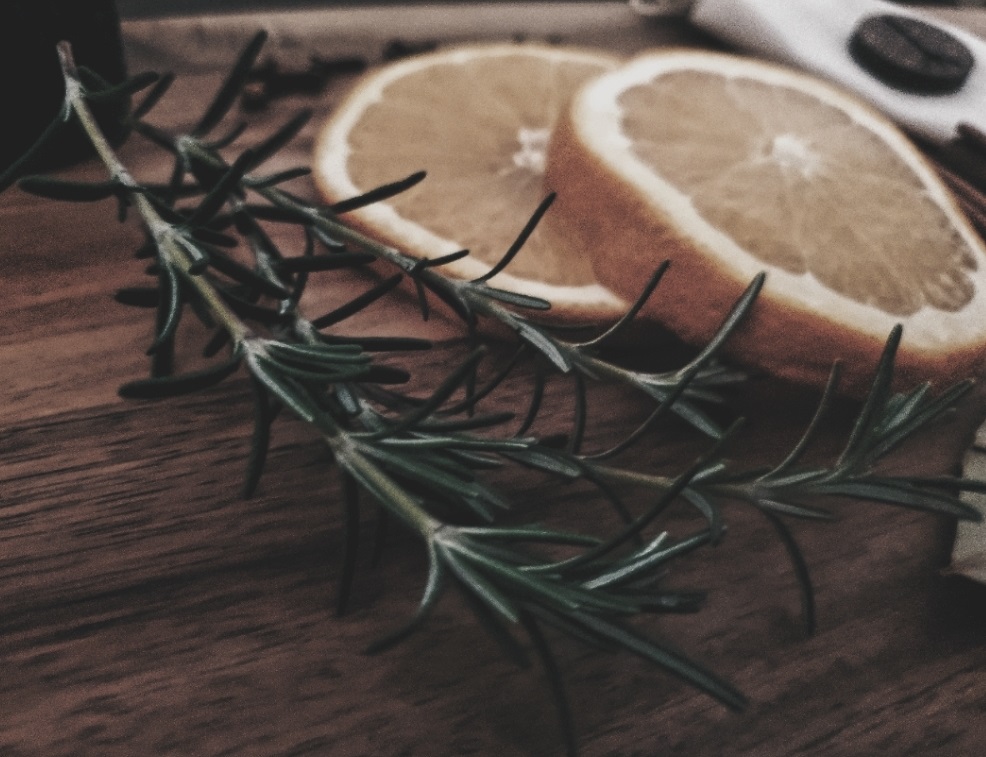Disclosure: Some of the links below are affiliate links, meaning, at no additional cost to you, I will earn a commission if you click through and make a purchase. I received a free copy of this book in exchange for an honest review.
After my last review, this book review is a breath of fresh air! When I was first asked to review
The Big Book of Magical Incense by Sara L. Mastros, I was excited because incense is not something I know too much about. I occasionally use stick or cone incense, and rarely use premade loose incense, so this was an opportunity to learn more about a subject I was rather unfamiliar with. Mastros did not disappoint!
Mastros opens the books discussing the science of scent. Hooked me right there! Any book that combines science and magic is right up my alley. She then goes on to discuss the history of incense, which combined with the first chapter, was fascinating. Many occult books I read give oversimplified, rehashed telling of the same information, but this was new and interesting. Furthermore, it explains a lot of the correspondences we associate with many herbs, spices, and resins. Their historical uses, as well as their historical cost, travel, gathering practices, and medicinal uses, provide a deeper understanding as to why the magical correspondences exist as they do. These two chapters, along with every other chapter in the book, are thoroughly researched, with in-text citations to boot and a complete resource list for further learning at the end.
Mastros then goes on to discuss how to make incense and use it properly. I'm not going to lie, I needed this information. No one has ever, in any of the books I've read, incense I've bought, or subscription box that has given loose incense, explicitly stated how exactly to burn incense, especially loose-leaf incense, to get the best burn possible. Seriously, this is not something that is explicitly taught in most circles and an area I realized while reading this section was sorely lacking. This information alone is reason enough to buy this book. But if that isn't enough, Part 2 & 3 certainly are.
Part 2 covers botanical lore of all the ingredients Mastros commonly uses to make incense, including those in the recipes found in Part 3. If you have been on my blog for any period of time, you know this is what I love most. Plants and plant folklore, apart from hedge riding, are my two areas of expertise. I think it's the most fascinating part of witchcraft and honestly, it's a peek into the history of the human race. It's also full of science and mystery and I can't pass up two things I love. Mastros does an excellent job discussing the magical and medicinal correspondences, magical uses, and history of the ingredients she uses. She even includes indigenous correspondences and uses, but makes it known that these practices, especially the use of white sage and palo santo, are closed and offers scent alternatives to use. I appreciate any author that is willing to put their foot down when it comes to cultural appropriation. Not only thing, but the book is also trans-inclusive. Instead of saying, male or female, she uses 'people with vaginas' when discussing the aphrodisiac effects of certain plants. More points scored with me. However, there is a key herb missing from this book, lavender. It's missing because Mastros is allergic to it, and is upfront with her readers that she will not include ingredients she does not use or know. I. Love. This. If you are unfamiliar with a plant, you shouldn't be advocating for its use in spells, rituals, incense, teas, etc because you don't know it! So many witches do not do this and write books about things they don't know, often furthering misinformation without even knowing they are doing it. You'll find I never talk about or use goji berries in any of my spells or rituals even though they can certainly be used. Why? Because I am hella allergic to it! That plant looks at me and says, "I hate you" and causes hives all over my mouth, tongue, and cheeks. It doesn't have a place in my magical practice and neither should any plant you are allergic to.
Part 3 is full of recipes, occult information, spells, rituals, and so many other amazing nuggets of information scattered throughout. I usually get to the recipes or spell section of a book and skim through them; you cannot do that with this book. Mastros fills these chapters with so much more than recipes and I found myself making notes in the corners. There are recipes for everything you could possibly need and then some. She has incense to set the mood, attract money, protect, heal, curse, and offer to a whole slew of spirits. There is incense to mimic libraries and enhance the learning of science and math (as a science teacher, yes please!). There is even incense based on historical grimoires, so if you are looking at something 'older' you will find it here. Make sure you read the introduction to these recipes. There is so much hidden information in them! Furthermore, Mastros discusses awakening the ingredients by talking to them. This is another step commonly left out of other books, blogs, conversations, etc about spells. The ingredients you use vibrate with energy. They have a 'soul' and they are not ours to use willy-nilly. While you can be successful doing this, you'll get much better results working with your ingredients by asking them to be a part of your spell. Mastros slowly weans her readers off her 'awakenings' by slowly removing them from the spells and rituals. She also includes beginner and advanced information about the planets, spirit work, astral projection, ancestor magic, altars, angels, malefic magic, and protection. When discussing protection, I love that she notes she was hesitant to even include a section on protection magic because we spend most of our time protecting ourselves and that's where the magic ends. I love that she makes note that witches are far too protected and don't need a lot of the protections they have. Protections have a time and place certainly, like during hedge riding, but you don't need an arsenal all the time. It's like walking into the grocery store with as many guns as you can carry.
**It should be noted there are tons of spells and rituals based on Judaism. Judaism is technically closed. I couldn't find much information on Mastros's heritage, so I am unsure of whether or not she has Jewish roots. I would tread carefully when wishing to use these spells and rituals. Look at altering them to remove any potential cultural appropriation by using your heritage instead. I know most of us come from Christian backgrounds, and there are plenty of Christian alternatives that can be used just as effectively. I was wary of this information for this reason and it was one of two things I didn't 'like.' I use like in quotes because I did, in fact, love the information, but I was wary of the potential cultural appropriation.**
Mastros was so kind as to comment on this post to clear up my concerns:
"As to your question at the end, I am in fact Jewish by blood, as was my mother, her mother, and countless generations before us. Additionally, I am reasonably well educated in Jewish tradition broadly, and something of an expert on Jewish magic in particular. Additional, I spent many years as an professional educator in Jewish communal life.
While Judaism is a closed community (the only ways to be Jewish are to come out of a Jewish vagina or to be invited and formally accepted by a Jewish community), none of the practices in the book are closed. That is not just my opinion, but also the opinion of my rabbi, and most (but not all) of the rabbinic authorities with whom I regularly study and work."
The only other thing I didn't like was how scattered the information was. I mentioned that there are nuggets of information scattered throughout the book. This works really well with how the book is set up, but will make it difficult to find that information later, which is why you should be taking notes, using sticky notes, or jotting down useful information and page numbers in your Grimoire so you can find it later.
All in all, I give this book the highest rating possible. This is certainly a book every witch needs on their shelf and it is sure to delight while teaching invaluable information! You can purchase
The Big Book of Magical Incense by Sara L. Mastros now.
If you liked this post and would like to support future content, please consider leaving a small tip in the jar.







